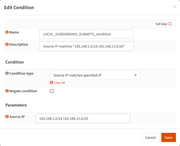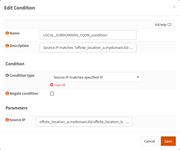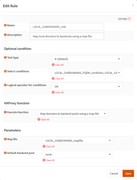Quote from: nmiller0113 on November 08, 2023, 12:35:07 AM
Not really asking for help so much that I'm curious if anyone else has had to recently turn off OCSP stapling in order to get their services not to error in Firefox? This was working fine for a year and I've not changed a single setting in HAProxy or ACME, but all of a sudden now it doesn't work properly and I've since had to disable it to get my services accessible in Firefox again. I've dug around and cannot find a clear answer as to why.
Interesting. I finally found the spot /tmp/haproxy/ssl where the OCSP update file was placed so I added the CRON back and re-enabled the store setting in HAProxy, and monitored the folder and saw it was updating. So I then re-issued my cert with OCSP stapling required and now it's magically working again. Not sure what I fixed, but it's not like enabling of it is terribly difficult so I'm pretty sure I didn't change anything from the previous configuration when I re-enabled it!

 "
"





